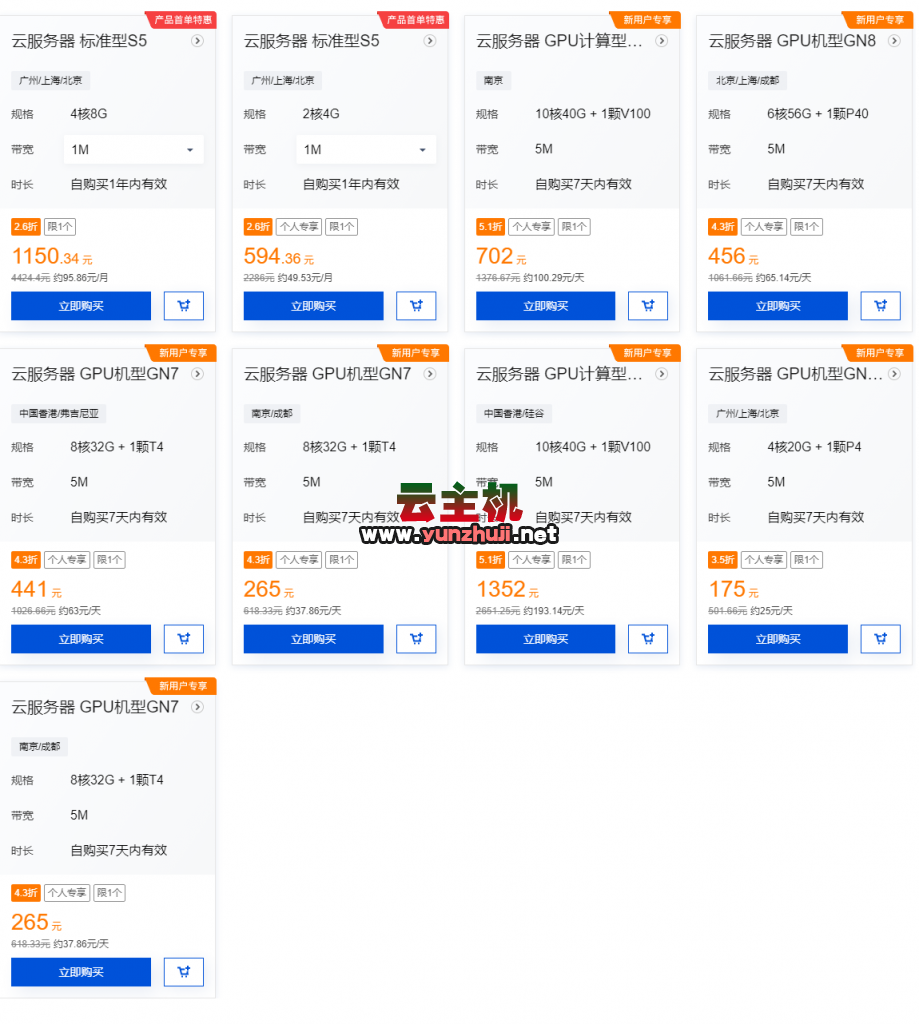在Python中,len()函数用于返回对象的长度或元素个数,它可以用于字符串、列表、元组、字典等可迭代对象,下面将详细介绍len()函数的用法,并提供相应的示例代码和说明。
1、字符串长度:
“`python
string = "Hello, World!"
length = len(string)
print(length) # 输出结果为13,因为字符串中有13个字符
“`
2、列表长度:
“`python
list_example = [1, 2, 3, 4, 5]
length = len(list_example)
print(length) # 输出结果为5,因为列表中有5个元素
“`
3、元组长度:
“`python
tuple_example = (1, 2, 3, 4, 5)
length = len(tuple_example)
print(length) # 输出结果为5,因为元组中有5个元素
“`
4、字典长度:
“`python
dictionary_example = {"key1": "value1", "key2": "value2", "key3": "value3"}
length = len(dictionary_example)
print(length) # 输出结果为3,因为字典中有3个键值对
“`
需要注意的是,len()函数只能用于可迭代对象,对于不可迭代的对象(如整数、布尔值等),调用len()函数会引发TypeError异常,对于嵌套的可迭代对象(如嵌套列表或嵌套字典),len()函数会计算最外层的元素个数。
nested_list = [[1], [2, 3], [4, 5]] length = len(nested_list) print(length) # 输出结果为3,因为最外层有3个列表元素

 云主机测评网
云主机测评网

















最新评论
本站CDN与莫名CDN同款、亚太CDN、速度还不错,值得推荐。
感谢推荐我们公司产品、有什么活动会第一时间公布!
我在用这类站群服务器、还可以. 用很多年了。